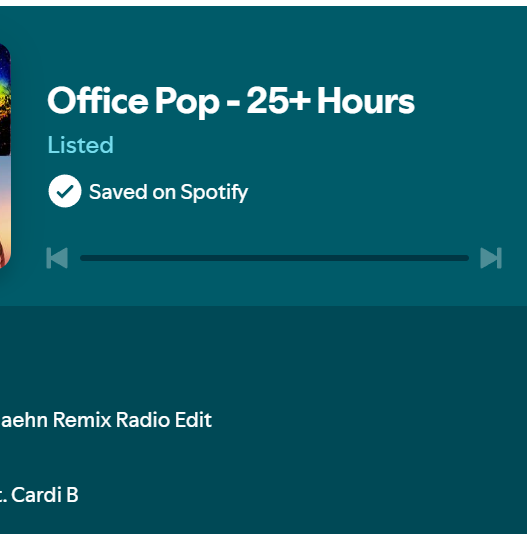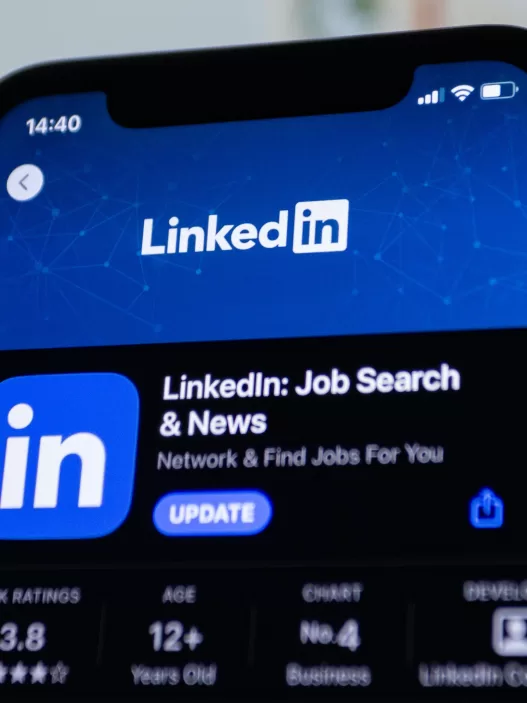
Paid marketing campaigns are like online dating—exciting, full of potential, but if you don’t set the right expectations, you’re in for disappointment.
You want instant results? Think again. You want insane ROI overnight? Keep dreaming. But if you want a game plan that actually works, stick around. Let’s break down how to set realistic expectations for your paid marketing campaigns—because the last thing you need is to burn through your budget with zero results.
Step 1: Know What You Actually Want (Business Goals 101)
First things first—what’s the endgame here? More sales? Brand awareness? Lead generation?
Too many businesses throw money at ads without a clear goal and then wonder why they’re not “winning.” Define your goals upfront and be crystal clear about what success looks like. No fluff. No maybes. If you’re not sure, you’re already setting yourself up for frustration.
Pro Tip: Make sure your goals are measurable. “More sales” isn’t a goal. “10% increase in sales over 90 days” is. See the difference?
Step 2: Do You Even Know Your Audience?
Your ads shouldn’t be shooting in the dark. You need to know exactly who you’re targeting—what they like, where they hang out, and what makes them click that “buy” button.
- What’s their age, income, and interests?
- Are they on Facebook or TikTok?
- Are they impulse buyers or do they need some convincing?
Without this intel, you’re basically lighting your marketing budget on fire. Do the research, or better yet, use data you already have from Google Analytics, customer surveys, and social media insights.
Step 3: Set a Budget That Makes Sense (And Doesn’t Break the Bank)
Let’s get real—paid marketing isn’t cheap. But throwing money at it without a plan? Even worse.
Here’s the deal:
- Cost Per Click (CPC): How much are you paying for each person that clicks?
- Cost Per Impression (CPM): How much are you paying just for visibility?
- Cost Per Conversion (CPC): How much does it cost to actually get a sale or lead?
The truth? A bigger budget doesn’t always mean better results. Start with what you can afford, track performance, and scale up strategically.
Step 4: Pick the Right Platform (Because Not Every Platform Works for You)
Choosing the right platform is EVERYTHING. If your audience is scrolling TikTok, why are you running Google Ads?
Here’s the breakdown:
- Google Ads: Great for high-intent searches (think: “Best running shoes for marathons”).
- Facebook/Instagram Ads: Perfect for visual products and brand storytelling.
- LinkedIn Ads: B2B heaven. Expensive, but worth it for high-ticket services.
- TikTok Ads: If your audience is under 30 and loves short-form content, this is gold.
Bottom Line: Go where your customers actually are. Not where you think they are.
Step 5: Make Ads That Don’t Suck (Seriously, Don’t Be Boring)
Your ad creative needs to stop the scroll. Period. If your copy is dry and your visuals look like they were made in Microsoft Paint, guess what? Nobody’s clicking.
Here’s how to make your ads pop:
- Focus on benefits, not features. People don’t care about what your product does—they care about how it solves their problem.
- Use power words. “Limited-time,” “Exclusive,” “Unlock,” “Guaranteed.” You get the idea.
- Clear CTA (Call-to-Action). Tell them what to do—“Shop Now,” “Book a Free Call,” “Claim Your Discount.”
Step 6: Test, Tweak, Repeat (It’s a Marathon, Not a Sprint)
Launching your campaign is just the beginning. If you’re not testing, you’re guessing. And guessing is expensive.
Start with A/B testing:
- Try different headlines.
- Swap out images or videos.
- Experiment with audience targeting.
Check your metrics daily. Optimize based on what’s working. Kill what isn’t. Simple.
Step 7: Analyze the Results (Numbers Don’t Lie)
After your campaign ends, take a hard look at your metrics. Did you hit your goals or nah?
Key numbers to track:
- Click-Through Rate (CTR): Are people engaging with your ad?
- Conversion Rate: Did they take action or just bounce?
- Return on Ad Spend (ROAS): Are you making money or losing it?
If things didn’t go as planned, don’t panic. Adjust and go again. Marketing is all about iteration.
Step 8: Manage Expectations Like a Pro
Look, paid marketing isn’t magic. It takes time to build momentum. If you expect instant results, you’re setting yourself up for disappointment.
Success looks like this:
- Short-term: Testing and learning.
- Mid-term: Scaling winning campaigns.
- Long-term: Consistent revenue growth.
Stay patient and stay flexible. If something’s not working, pivot.
Step 9: Get Help If You Need It
If all of this feels overwhelming, don’t be afraid to call in the pros. Whether it’s a marketing agency, consultant, or even online courses—getting expert input can save you a ton of time and money.
Final Thoughts: Stop Wasting Money, Start Setting Real Goals
To crush it with paid marketing, you need to:
✅ Have clear goals
✅ Know your audience inside and out
✅ Spend smart, not reckless
✅ Create ads that actually convert
✅ Analyze, optimize, and adjust
And most importantly—be patient. Results take time, but when you play it smart, the ROI will follow.
Ready to level up your paid marketing game? Let’s get to work.
















